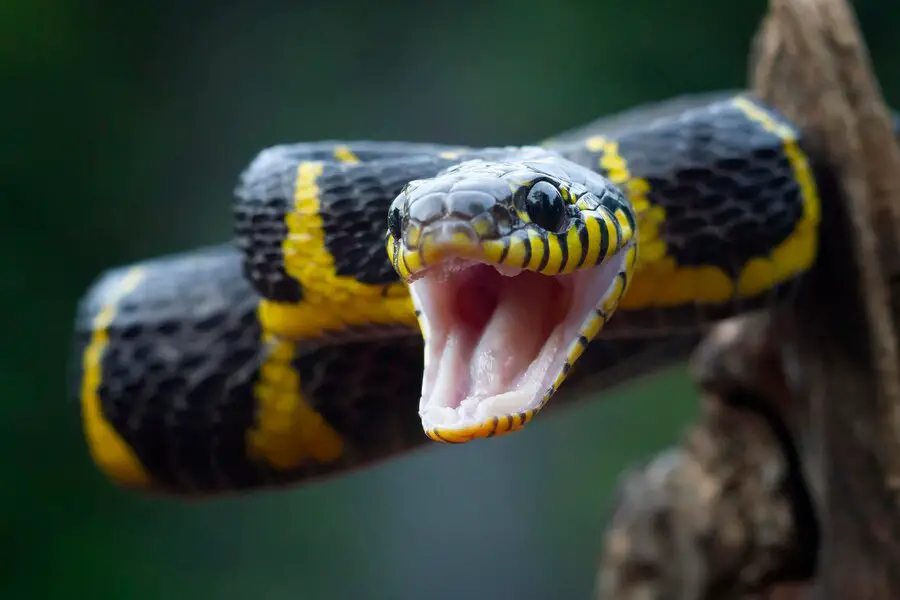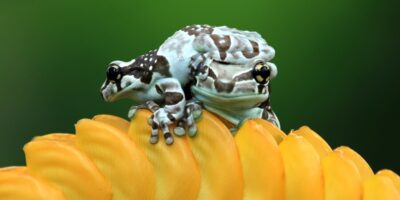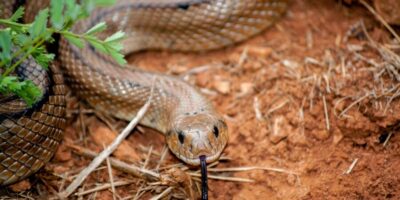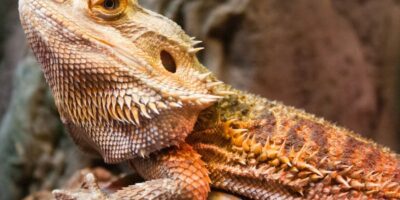Ball pythons are amazing and have become quite popular as pet reptiles. They are known for their docile nature, making them a great choice for snake enthusiasts of all experience levels. These snakes are native to Africa and get their name from their tendency to curl up into a tight ball when feeling threatened or stressed. With their beautiful patterns and colors, ball pythons have captured the hearts of reptile lovers worldwide.
Understanding the vision of ball pythons is crucial for providing appropriate care. These reptiles have unique visual capabilities that can impact their behavior and overall well-being. By knowing how they see, we can create an enriched environment that accommodates their needs. For example, ball pythons rely on their ability to detect motion, so it’s important to provide them with hiding spots and objects that offer visual stimulation.
Anatomy of Ball Python Eyes
Ball pythons have fascinating eyes with unique structures. Their eyes are relatively small compared to their body size. They have an elliptical shape that allows for a wide field of view, which is beneficial for survival in the wild. The most distinctive feature of ball python eyes is the presence of a transparent scale called the spectacle. This spectacle covers and protects their eyes, acting as a shield against potential injuries or debris.
It also aids in shedding their skin as it becomes opaque during the shedding process. The structure of their eyes plays a crucial role in their visual capabilities and overall well-being. The transparent scale on the eyes of ball pythons is known as the spectacle. It’s a super cool feature that helps protect their eyes and keep them healthy.
The spectacle is like a transparent shield that covers their eyes, acting as a barrier against potential harm. This special scale helps prevent injuries from things like branches, rough surfaces, or even prey items during feeding time. Plus, during shedding, the spectacle becomes opaque, which helps the python remove its old skin without any trouble. So, this unique spectacle is an essential part of a ball python’s eye structure and helps them see and stay safe.
Visual Capabilities
Ball pythons have a primarily nocturnal vision. They are most active during the night and have specialized adaptations that help them navigate in low-light conditions. While their eyes do have photoreceptor cells for both daytime and nighttime vision, their retinas are more sensitive to dim light. This sensitivity allows them to see in the dark and hunt for prey without relying heavily on daylight.
Ball pythons have an incredible ability to detect motion and perceive shapes. This helps them spot potential prey items or predators in their environment. They rely more on their sense of touch and their heat-sensing abilities. They have specialized cells called motion-sensitive cells in their retinas that help them detect even the slightest changes in their surroundings. They can use their tongues to gather information about their surroundings and their heat pits to detect the body heat of nearby objects.
Color Vision
Ball pythons have limited color vision .It is a common belief that they perceive some colors, but their range might be more limited compared to humans. You see, ball pythons have a different number and distribution of photoreceptor cells in their retinas compared to us. This means they might have a reduced ability to perceive certain colors or might see them differently than we do. They’re more sensitive to shades of gray, which helps them navigate in low-light environments.
While some studies suggest that they might have limited color vision, other research contradicts that notion. One study conducted by Hart et al. in 2006 found evidence that ball pythons do have color vision and can differentiate between different colors. They observed the snakes’ behavior and responses to colored stimuli, indicating that they had at least some ability to see and distinguish colors. However, more research is needed to fully understand the extent and range of their color vision.
Heat Sensing Abilities
These pits, also known as labial pits or heat pits, are located on either side of the snake’s face, just below their nostrils. These pits contain specialized heat-sensitive cells called thermoreceptors that allow them to detect even the tiniest temperature differences in their environment. By sensing the heat emitted by warm-blooded prey, such as rodents, they can accurately locate and strike at their target, even in complete darkness.
Ball pythons use their heat-sensing pits like superpowered thermal detectors to locate their prey. When a warm-blooded animal, like a little mouse, moves around, it generates heat. The heat pits pick up the infrared radiation given off by the prey, and the snake’s brain processes this information, helping it pinpoint the exact location of the warm-blooded snack. Once the ball python has locked onto its prey’s heat signature, it can strike with precision and capture it for a yummy meal.
Eye Health and Care
Maintaining good eye health is crucial for ball pythons. Here are some tips to keep their eyes in tip-top shape. Firstly, make sure their enclosure is clean and free of contaminants that could potentially harm their eyes. It’s also important to provide them with a proper humidity level, as dry air can lead to issues like retained eye caps. Regularly inspect their eyes for any signs of infection, such as swelling, discharge, or cloudiness. Additionally, provide a well-balanced diet with proper nutrition to support overall health, including ocular health.
It’s important to be aware of common eye-related issues that can affect ball pythons and how to prevent or treat them. One common issue is retained eye caps, where the old skin doesn’t fully shed from the eyes. To prevent this, make sure to maintain proper humidity levels in their enclosure and provide a moist hide for shedding. Another issue is eye infections, which can occur due to poor hygiene or inadequate habitat conditions. To prevent infections, keep their enclosure clean and ensure good ventilation.
Conclusion
To keep their eyes healthy, it’s crucial to provide a clean enclosure, maintain proper humidity levels, and regularly inspect for any signs of infection. Preventing and treating common issues like retained eye caps and infections is vital. Remember, a nutritious diet and a stress-free environment also contribute to their eye health. By following these tips, you’ll be ensuring that your ball python enjoys clear, bright eyes for a long time.




